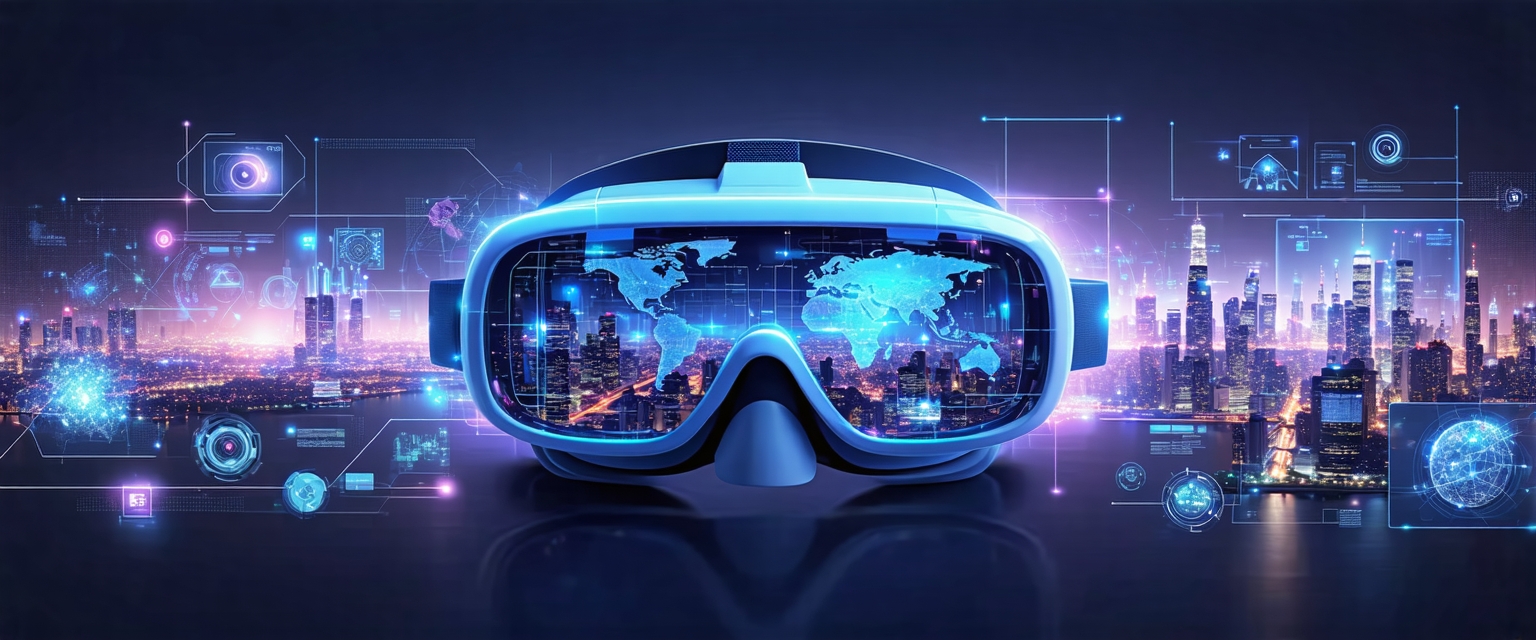






Virtual Reality (VR) and Augmented Reality (AR) technologies, once relegated to the realm of science fiction, are rapidly evolving and integrating into various aspects of our lives. Driven by advancements in computing power, display technologies, and sensor capabilities, these immersive experiences are transforming industries from entertainment and gaming to healthcare and education. However, challenges remain in terms of accessibility, content development, and ethical considerations.
The conceptual foundations of VR and AR date back to the mid-20th century, with early prototypes appearing in the 1960s. However, limitations in processing power and display technology hindered widespread adoption. The rise of affordable computing, particularly mobile devices, and the development of sophisticated sensors have propelled recent breakthroughs, making these technologies more accessible and practical.
Recent years have witnessed significant advancements in VR and AR hardware and software. Higher-resolution displays, improved tracking systems, and more comfortable headsets are enhancing user experiences. The development of haptic feedback technology is further enriching immersion, allowing users to feel virtual objects and environments. Meanwhile, AR applications are increasingly sophisticated, leveraging computer vision and machine learning to overlay digital information onto the real world in increasingly seamless ways.
According to a report by Statista, the global market for VR and AR is projected to reach hundreds of billions of dollars in the coming years. This growth is fueled by increasing investments from tech giants and a growing user base. However, industry analysts at IDC (International Data Corporation) caution that the market’s trajectory is subject to factors like content availability and the resolution of technical challenges. Furthermore, concerns about user health, such as motion sickness and eye strain, need to be addressed.
The future of VR and AR holds immense potential across diverse sectors. Applications in healthcare, such as surgical simulation and rehabilitation, are already demonstrating significant value. In education, immersive learning experiences can enhance engagement and understanding. However, risks exist, including potential job displacement due to automation and the ethical implications of data privacy and manipulation in virtual environments. The development of robust ethical guidelines and responsible innovation will be crucial.
“`